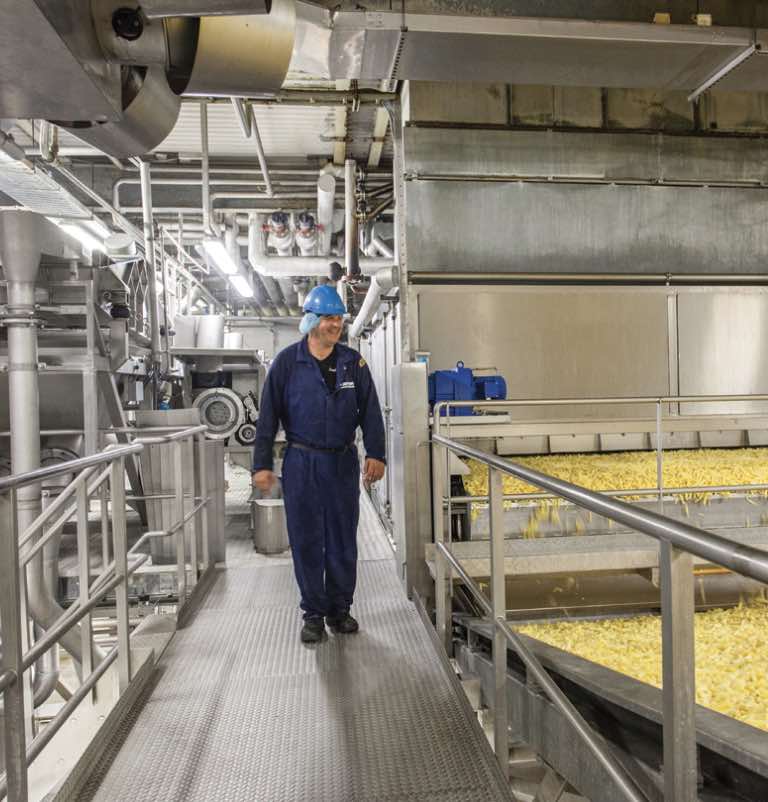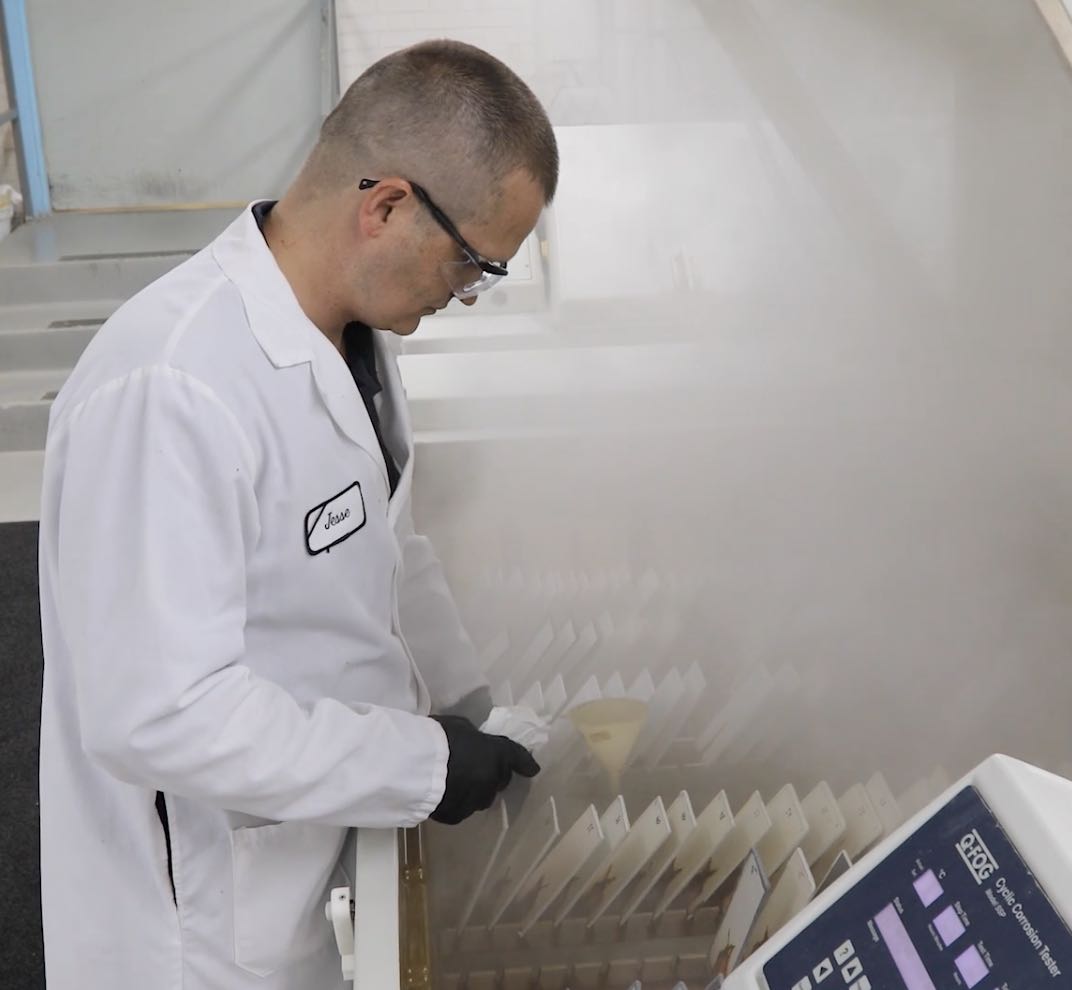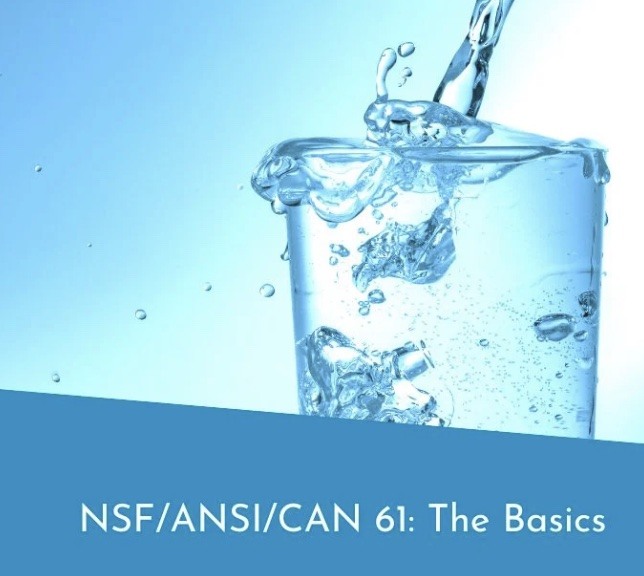
Unveiling the Distinctions: USDA vs. FDA Coatings
Explore the critical differences between USDA and FDA coatings to ensure your paint and coating products meet the right safety and quality standards.
- Rick Gilbreath
Explore the critical differences between USDA and FDA coatings to ensure your products meet the right safety and quality standards.
Understanding USDA Coatings: Scope and Regulations
USDA coatings refer to surface treatments approved by the United States Department of Agriculture for use in facilities that process and handle food products. These coatings are designed to meet stringent requirements for cleanliness, durability, and non-toxicity. The USDA's regulatory scope primarily addresses the hygiene and effectiveness of coatings in direct contact with food, ensuring that these protective layers do not contribute to contamination or compromise the quality of food products.

USDA regulations for coatings fall under a comprehensive framework that includes the USDA's Food Safety and Inspection Service (FSIS). FSIS ensures that the nation's commercial supply of meat, poultry, and egg products is safe, wholesome, and properly labeled and packaged. Coatings used in facilities processing these products must adhere to FSIS guidelines, which may involve resistance to corrosion, ease of cleaning, and non-absorbency. Currently, it is the manufacturers' responsibility to ensure that the coatings meet these guidelines for USDA approval.
Decoding FDA Coatings: What You Need to Know
FDA coatings are materials approved by the Food and Drug Administration, which is responsible for protecting public health by regulating food safety, pharmaceuticals, and medical devices, among other products. FDA-approved coatings are evaluated for their safety when in contact with food and other products consumed or used by humans. These coatings ensure that there is no migration of hazardous substances into food and that they are resistant to the conditions they will be exposed to, such as high temperatures and cleaning chemicals.

The FDA's Center for Food Safety and Applied Nutrition (CFSAN) is the branch that oversees the safety of food additives, including coatings. The FDA's Title 21 of the Code of Federal Regulations (21 CFR) meticulously outlines the criteria for food-contact substances. Manufacturers of FDA-approved coatings must adhere to these regulations, and they may be subject to pre-market approval, which includes rigorous testing to confirm that the coatings are safe for their intended use.
Comparative Analysis: Performance Standards and Usage
When comparing USDA and FDA coatings, one must consider the different performance standards and primary usage of each. USDA coatings are often used in environments where food is processed, particularly meat and poultry, necessitating a focus on antimicrobial properties and resistance to aggressive cleaning procedures. In contrast, FDA coatings have a broader application, including food packaging, kitchenware, and food processing equipment, with an emphasis on chemical inertness and overall safety.
The performance standards for both types of coatings involve rigorous testing for adherence, durability, and non-toxicity. However, the specific tests and benchmarks may vary based on the intended use and the regulatory body's guidelines. For instance, USDA coatings might be subjected to more stringent washdown testing, while FDA coatings could require more comprehensive leaching studies to ensure consumer safety upon contact with food.
Impact on Food Safety: How Coatings Affect Product Integrity
The impact of coatings on food safety and product integrity cannot be overstated. Coatings serve as a barrier between the food product and the environment, preventing contamination from bacteria, chemicals, and physical debris. USDA and FDA coatings are both designed to maintain the integrity of food products, but they address different aspects of food safety. USDA coatings are particularly concerned with the direct contact with food during processing, while FDA coatings focus on the broader range of food contact, including packaging and transportation.

The appropriate application of coatings is crucial for maintaining food safety. A breach in a coating can lead to microbial contamination, product recalls, and severe public health consequences. Therefore, coatings must not only be applied according to regulations but also maintained and inspected regularly to ensure ongoing compliance and safety. The role coatings play in extending shelf life and preserving the quality of food products further highlights their importance in the food industry.
Navigating Compliance: Best Practices for Manufacturers
For manufacturers, navigating the compliance landscape of USDA and FDA coatings is a critical aspect of operations. It is essential for manufacturers to understand the specific regulations that apply to their products and to implement best practices for compliance. This includes selecting the correct type of coating for the intended application, ensuring proper application procedures, and maintaining detailed records of compliance with regulatory standards.
Manufacturers should also stay informed about changes in regulations and advancements in coating technologies. Regular training for staff on regulatory compliance and coating application techniques can help prevent non-compliance issues. Additionally, working closely with coating suppliers who are well-versed in USDA and FDA requirements can provide valuable guidance and assurance that coating products meet all necessary criteria for safety and performance.
Check out these related Blog Posts:
High Performance Coatings for Food and Beverage Plants
Creating a Hygienic Environment
Coatings for Manufacturing Facilities
Check out these related Project Profiles:
Lamb Weston Potato Plant Coatings
Manufacturing Facility Coatings

What is ASTM D4585 (Accelerated Weathering)...
ASTM D4585 is a standard practice developed by...

NSF-Approved Coatings for Potable Water Tanks
NSF-APPROVED COATINGS FOR POTABLE WATER TANKS
...

Is Surface Preparation the Most Important Part of...
Surface preparation is critical when using...